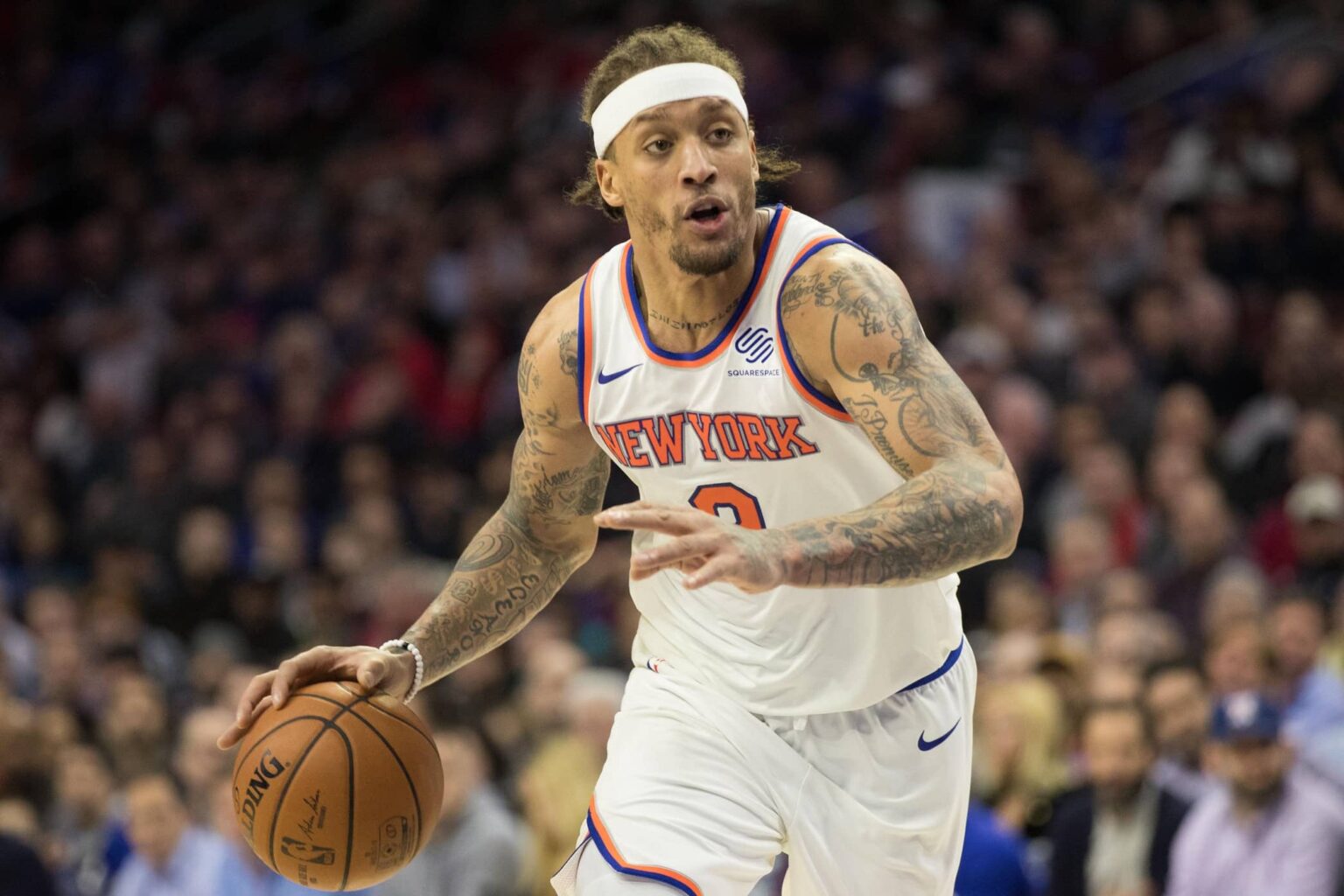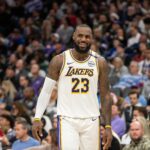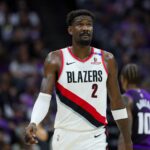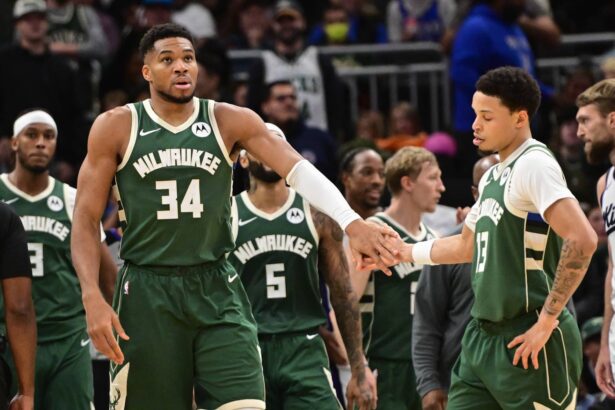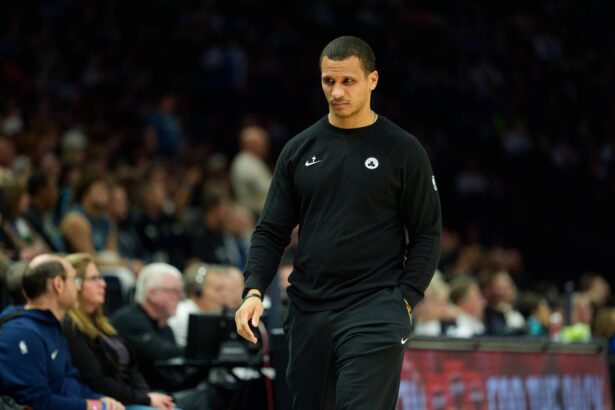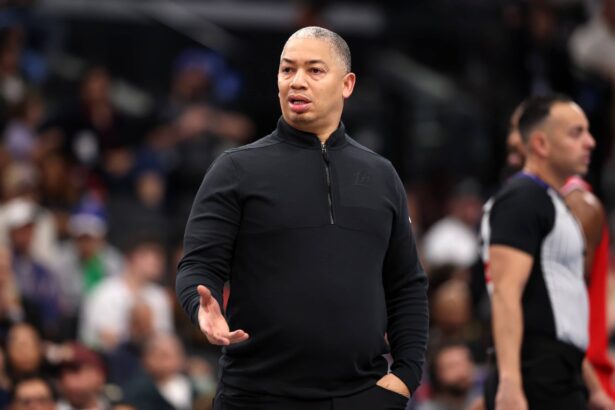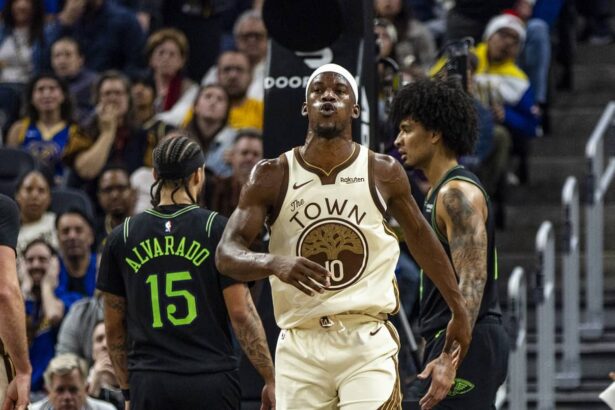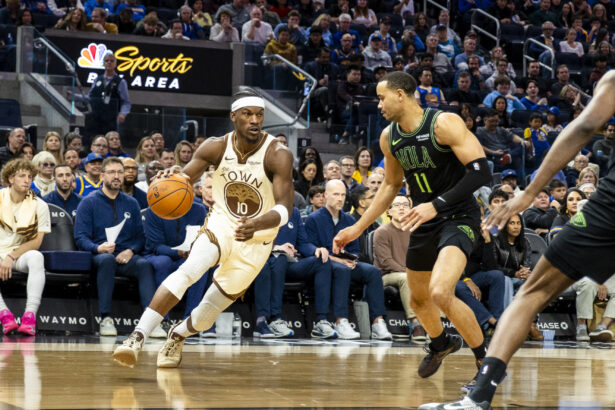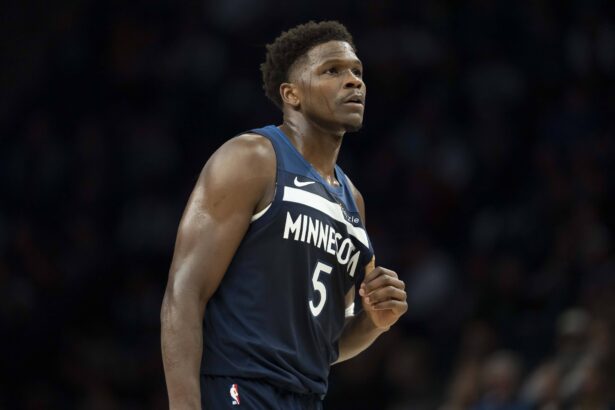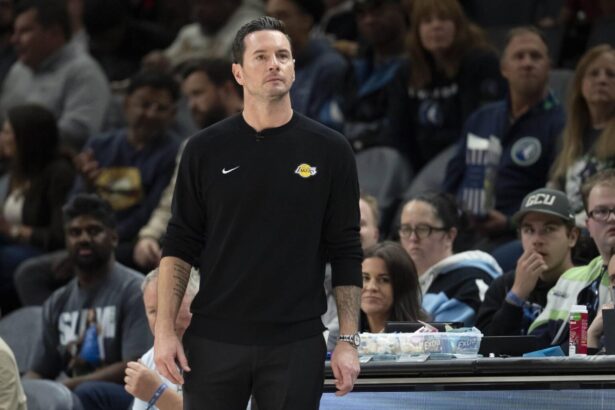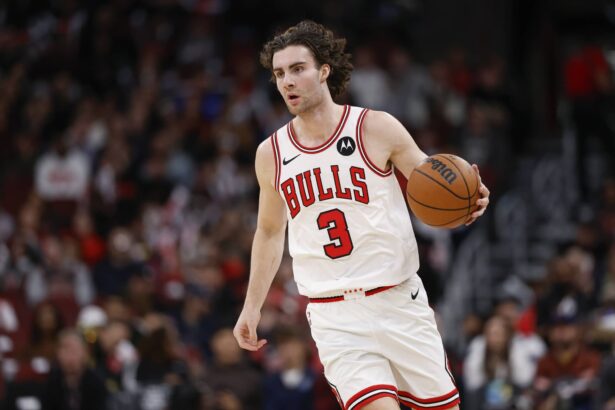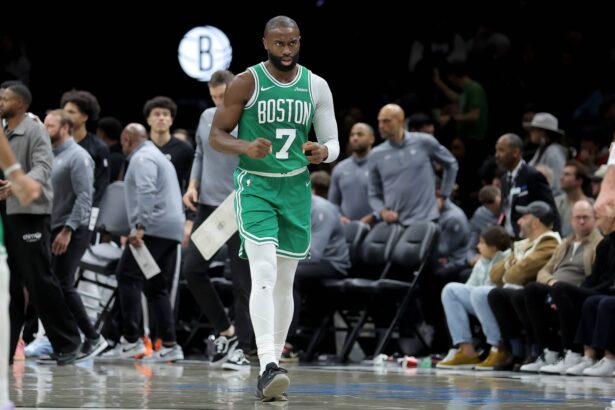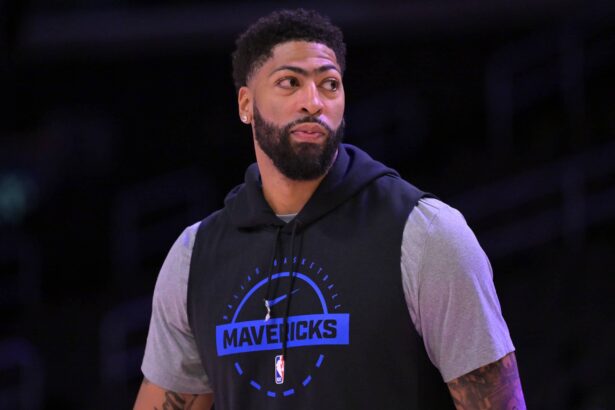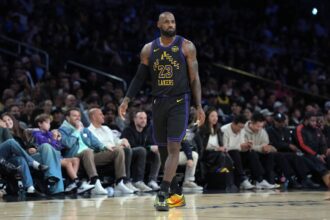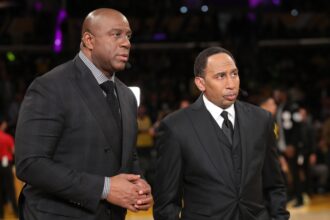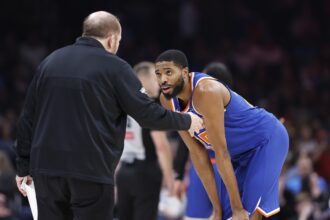Michael Beasley has long carried a reputation as one of the smoothest scorers of his generation. Whether it was his college dominance at Kansas State or his ability to get buckets in the NBA, fans and players alike often labeled him an “iso hooper”, a guy who could break down any defender one-on-one.
But in his appearance on the All The Smoke podcast, Beasley pushed back on that label, saying it was never his preferred way to play.
“Y’all say I’m the best one on one or y’all say I’m the best iso player. To be completely honest, I don’t even like iso basketball. I really like five on five, playing the right way. I’ll grab my iso in the right situation.”
“Every situation ain’t made for an iso, but everybody project. Everyone sees me as the best one on one hooper. I get it 100 percent. It’s just that I can do it so well. I don’t want to do it all the time, but I’m forced to because every time I catch the ball, the whole arena looking at me.”
“I just like to play basketball, I like to play the right way. Sometimes I got the hot hand, sometimes I don’t. Sometimes I make shots, sometimes I don’t. You shoot the right shots, the right things are going to happen at the right time. I just play under that rule.”
That comment undercuts the stereotype that Beasley was a pure gunner who only wanted to go one-on-one. In his own words, he views the game through the lens of balance and rhythm.
Beasley’s perspective highlights something often lost in today’s debate-driven culture around basketball: even the best isolation players understand the limits of iso-ball.
Yes, players like Michael Jordan, Kobe Bryant, and Shaquille O’Neal were unstoppable one-on-one. But their legacies weren’t built on iso buckets alone; they came from learning to trust teammates, adapt their games, and win championships through a team-first approach.
The same dynamic explains why LeBron James is often criticized for being “too unselfish.” Many fans argue that someone of LeBron’s skill could dominate one-on-one possessions every trip down the floor.
But as Beasley points out, basketball is not tennis, golf, or boxing. It’s not an individual sport where talent alone carries the day. In the NBA, winning comes from trust, ball movement, and team execution.
Beasley’s comments are also a reminder of how perception can shape a player’s reputation. Fans saw his flashy scoring skills and assumed iso-ball was his preferred style, when in fact, he preferred to blend into the flow of five-on-five basketball.
It also explains why so many players, even those capable of creating shots at will, often stress that they value “making the right play” over forcing isolations.
At its core, Beasley’s message is simple: one-on-one skills are tools, not the entire toolbox. The best players know when to use them, and when to lean on their team. It’s the same reason why even Jordan passed to Steve Kerr, Kobe relied on Pau Gasol, and LeBron has always trusted his teammates to make winning plays.
Beasley can cook anyone in an iso, and he knows it. But in his eyes, the real beauty of basketball lies in the team game not in going solo just because you can.

